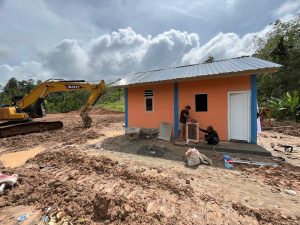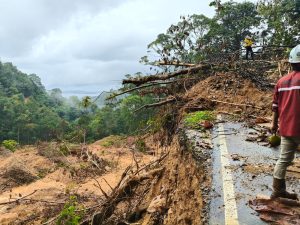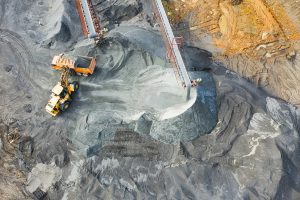Jakarta – The phenomenon of warming seas in the Java Sea is now believed to be the primary trigger for increased rainfall intensity, even though Indonesia is currently entering the dry season, according to the National Research and Innovation Agency (BRIN) on Tuesday, August 12. BRIN warned that the heavy rains are not just a temporary phenomenon, but part of a climate anomaly that could potentially extend into early next year.
BRIN climatologist Erma Yulihastin explained that since the second ten days of August 2025 (August 11–20), daily rainfall patterns have undergone significant changes. “Persistent heavy rain and rapid expansion are now the main characteristics, especially in the Greater Jakarta area,” Erma said via her Instagram account.
According to her, intense rain usually forms in the mountains south of Bogor. However, now the rain system also forms in the Java Sea due to warming water temperatures. “We are facing double rain modulation, from the mountains and the sea. This exacerbates the intensity of the rain, not only in Jakarta, but also spreading to Central and East Java,” said Erma.
The warming Java Sea has also triggered the formation of a mesovortex storm vortex — a medium-scale storm system that can develop when winds converge or meet. “The mesovortex in the Java Sea is currently weakening and strengthening intermittently. It is expected to peak on August 19, or at the end of the second ten days of August,” explained Erma.
Unlike the La Niña phenomenon or negative dipole, this climate anomaly is not influenced by the Pacific or Indian Oceans. Erma emphasised that the leading cause is local ocean warming, particularly in the Southeastern Tropical Indian Ocean (SETIO) and the Java Sea. “Warm oceans produce maximum evaporation, triggering convergence and forming mesoscale wind vortices,” she said.
He warned that this “wet dry season” condition will continue as long as there are no significant atmospheric disturbances such as El Niño or a positive Indian Ocean Dipole (IOD). “Our dry season tends to experience a wet anomaly of dry season — a wet anomaly in the dry season. And this could last until next year,” he said. (Hartatik)
Banner photo: Genaro Servín/Pexels.com














